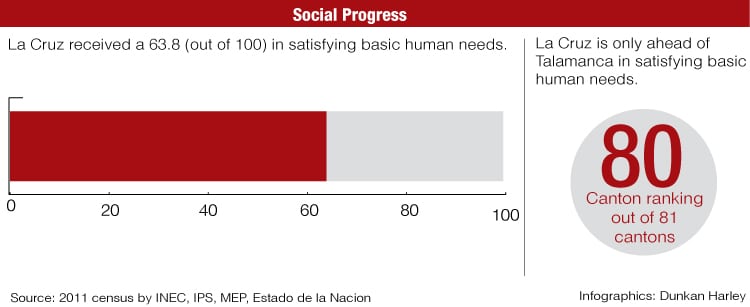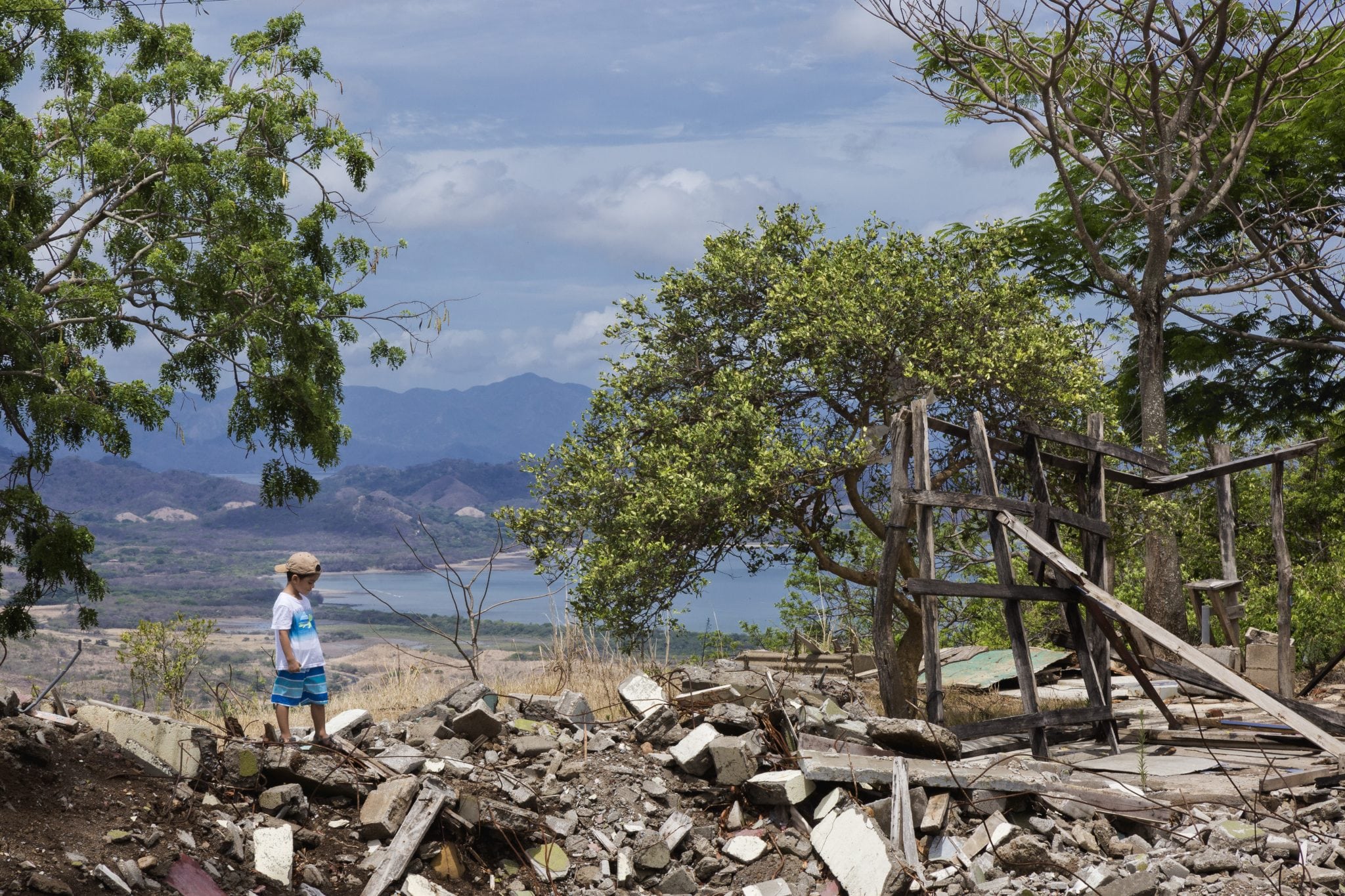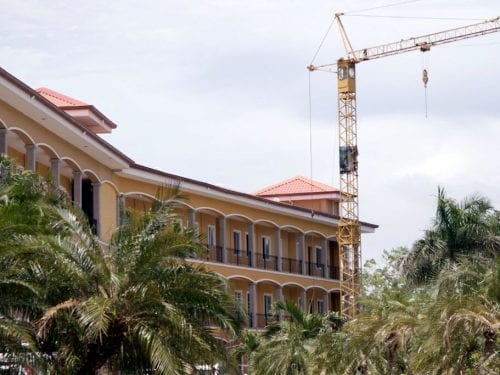
Have you ever been amazed when you look out at Salinas Bay from the central park of La Cruz? By the looks of it, this canton seems to have it all and stands out for its natural beauty and beaches that are perfectly-located to see the sun go down.
But none of that has been enough for its economic or social growth. La Cruz has numbers that confirm this: a high murder rate, high levels of poverty, low levels of education and lack of employment for its residents.
This reality isn’t new. Local and national governments have known it for years, as well as the citizens and the private sector. But, for now, no one has figured out how to give the canton the turnaround it needs.
Will the new government be interested in pulling La Cruz out of the oblivion it has been stuck in? A new national accord labeled it a priority. The Voice of Guanacaste reviewed the stats in order to identify the areas where the canton needs urgent attention.

Violent Canton
Its almost uninhabited beaches have become a paradise, but not just one of tall palm trees and blue sea, but one where organized crime and drug trafficking play daily.
This is the biggest cause of the canton’s murder rate, one of the highest in the whole province, according to authorities.
See story: Lead in the Heart of La Cruz
The study “Territorial patterns and sociodemographic factors associated with homicides and drug trafficking in Costa Rica” by think-tank Estado de la Nacion in alliance with the Costa Rica Drug Institute (ICD) says that, for example, La Cruz is one of the territories that confiscates the most drugs (crack, marijuana and cocaine) nationwide.
Poor Homes and Lack of Jobs
Georgina Guido is a resident of La Cruz and a psychologist. After several months without a job, she said that she’s about to decide to leave the canton and try her luck elsewhere. In her opinion, many other professionals like her have also packed their bags.
Five of every 10 Santa Cruz residents are out the labor market. This means that they aren’t even looking for a job even though they are of working age.

Why don’t they work? Job opportunities in the zone are scarce. The tourism sector is the most developed, but not to the point where it can create jobs for the entire community.
In the canton, more than half of homes (57.3 percent) are in poverty, according to data from the National Statistics and Census Institute’s (INEC) 2011 Census.

Low Education Levels
Georgina Guido is an exception in the canton. According to census data, the majority of Santa Cruz residents have only finished elementary school. Only 10 percent of the population went to college (in the province that number is 19 percent).
Only 10 percent of the population finished high school, when in the province that number is 14 percent.
This isn’t a coincidence. The number of schools in La Cruz isn’t the highest. No private or public university (except for UNED), for example, has a presence in the zone.

Liberia is the best option for finding better opportunities, but it’s not for everyone. It means adding transportation costs, food and, in some cases, lodging to tuition costs.
How Much Longer?
Specialists agree that La Cruz can have a better future, as long as the central government, the local government, the private sector and the population move in the same direction, something that hasn’t happened in recent years but that seems to be waking up.
La Cruz is the only zone in the province that stands out as a priority for attention in a national accord signed by all political parties represented in Congress.
What does that mean? That the canton must be first on the list for key programs designed for creating jobs, investment and entrepreneurship.
Programs led by MEIC, COMEX, MAG, INA, INDER, the Care Network, the Development Bank System and others must prioritize resources for the canton and do it in a coordinated manner in order to optimize results.
For Jose Aguilar, executive director of non-profit Positive Horizon and who has worked on creating social and employment strategies in the canton, the accord is a good start and goes in the right direction.
“The government has programs to attend to these problems, like Bridge to Development,” Aguilar said. “These projects seek to reverse the idea that only the country’s largest communities in need should be a priority. It’s betting on laying the groundwork for social collective policy.”
READ: What do the Presidential Candidates Promise for Guanacaste?
READ: La Cruz: The Canton of Disillusionment
In terms of education, putting in place a dual education program led by the National Institute for Learning, a mechanism in which students study and do professional internships at the same time with companies in the zone, is also a successful model.
The Dreams Las Mareas hotel, the only all-inclusive hotel in La Cruz, is part of that program. Cynthia Jiménez, sales director for the hotel, explained that, thanks to the agreement, the hotel can fill positions in the kitchen and hire bartenders, waiters and busboys.
“Some 80 percent of our personnel is from the area, and in all positions,” Jimenez said. “La Cruz has potential. The private sector has to take some risks.”
According to Jaime Garcia, researcher for the Latin American Center for Competitiveness and Sustainable Development (CLACDS), the changes can also help supr a more efficient city hall that reduces bureaucracy and stimulates tourism, the biggest driver of the zone’s economy.
“I’m also thinking about innovative agriculture models that provide incentives to the farmer to plant new crops,” Garcia said. “The best policy that you can have is jobs, but well paying, formal jobs that incorporate young people and women.”







Comments